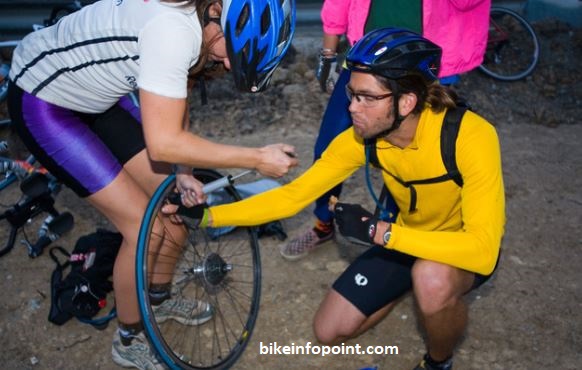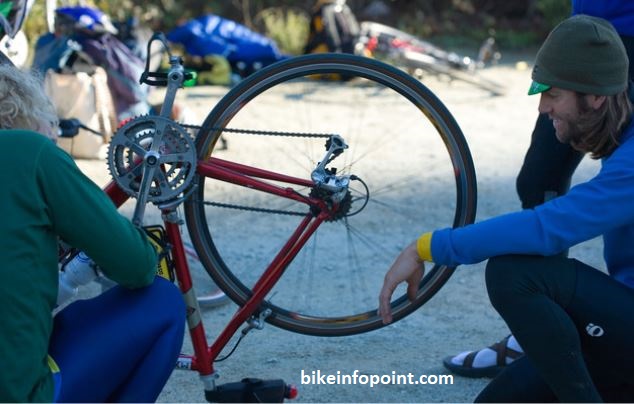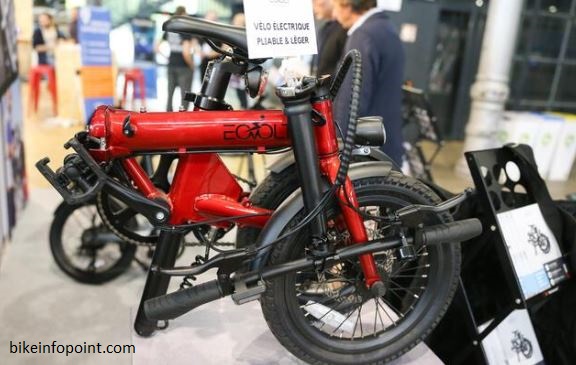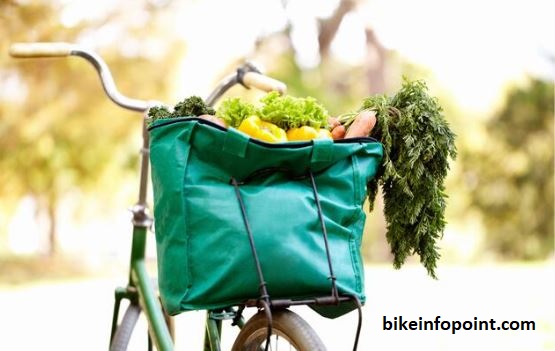
Why Do Bike Tires Lose Air When not in Use?
Bicycles are an extremely popular mode of transportation and a great way to stay active and enjoy the outdoors. However, it’s not uncommon for bike tires to lose air over time, even when the bike is not in use. This can lead to a number of issues, such as decreased performance, increased risk of punctures and a less comfortable ride.
Maintaining proper tire pressure is essential for a variety of reasons. First and foremost, it ensures that the bike is safe to ride. Tires with low pressure are more likely to puncture and can make it more difficult to control the bike. Additionally, proper tire pressure helps to maximize the bike’s performance by reducing rolling resistance and improving handling.
In short, understanding why bike tires lose air when not in use is important for ensuring a safe, comfortable, and high-performing ride. By maintaining proper tire pressure, riders can avoid a variety of issues and enjoy their bikes to the fullest.
Table of Contents
ToggleII. Factors Contributing to Air Loss

A. Natural Permeation
Explanation of Natural Permeation: Natural permeation is the process by which air molecules gradually pass through the tire’s rubber material over time. While rubber is not completely impermeable to gases like air, it is a relatively slow process. The rate of permeation depends on the quality of the rubber used in the tire and its specific composition. Cheaper or lower-quality tires may have rubber that is more porous, leading to faster air loss.
Role of Temperature and Pressure Differentials: Temperature variations can significantly influence natural permeation. When the temperature drops, the air inside the tire contracts, causing a decrease in pressure. Conversely, when the temperature rises, the air expands, increasing the tire pressure. These temperature fluctuations can accelerate the rate of air loss due to permeation. It’s important to note that even when a bike is not in use, outdoor temperature changes can affect the tire’s internal pressure.
B. Valve Leakage
Explanation of Valve Leakage: Valve leakage is another common factor contributing to air loss in bike tires. The valve stem is a crucial component that allows air to be pumped into the tire and maintains pressure. However, over time, the valve can develop small leaks or become less airtight, causing air to escape slowly.
Common Reasons for Valve Leakage: Valve leakage can occur due to various reasons, including:
Wear and tear on the valve core or sealing ring.
Damage or bending of the valve stem.
Loose or improperly seated valve cores.
Debris or dirt buildup around the valve, preventing a proper seal.
C. Puncture and Sealant
Explanation of Puncture-Induced Air Loss: One of the most noticeable reasons for sudden air loss in bike tires is punctures. Sharp objects on the road, like nails, glass, or thorns, can penetrate the tire’s surface, causing a hole or puncture. Air escapes through these punctures, leading to a rapid loss of pressure.
Use of Sealants: Many cyclists use sealants to prevent air loss due to punctures. Sealants are liquid substances that can be added to the tire. When a puncture occurs, the sealant flows into the hole and forms a seal, preventing further air loss. However, sealants may not be effective for larger or more severe punctures.
Understanding these factors contributing to air loss is crucial for bike maintenance. Cyclists should regularly inspect their tires for signs of natural permeation, valve leakage, and punctures. By addressing these issues promptly, cyclists can maintain proper tire pressure and reduce the risk of flats, ensuring a safer and more enjoyable riding experience. Additionally, knowledge of these factors helps cyclists make informed decisions about preventative measures like using sealants or investing in high-quality tires.
III. Timeframe of Air Loss
A. Rate of Air Loss
Typical Rate of Air Loss: The rate at which bike tires lose air when not in use can vary depending on several factors. Generally, the rate of air loss is relatively slow. In optimal conditions, high-quality tires may lose around 1-2 psi (pounds per square inch) of air pressure per week when not in use. However, this rate can be influenced by factors such as:
Tire quality: Higher-quality tires with better rubber compounds tend to have slower rates of air loss.
Temperature: As previously mentioned, temperature fluctuations can affect the rate of air loss. Colder temperatures can slow down permeation, while warmer temperatures can increase it.
Valve integrity: If there is valve leakage, the rate of air loss can be faster.
Puncture damage: If there are punctures in the tire, air can escape more rapidly.
Variability Among Tires: It’s essential to note that different tires may have varying rates of air loss. Cheaper or lower-quality tires may experience more significant pressure drops over time compared to high-end, puncture-resistant tires.
B. Seasonal Variations
Effect of Temperature Changes: Seasonal variations in temperature can have a noticeable impact on the air pressure in bike tires. During colder months, the air inside the tire contracts, causing a decrease in tire pressure. Cyclists may find that they need to reinflate their tires more frequently in the winter. Conversely, in hot weather, the air expands, leading to higher tire pressure. Overinflated tires can be more prone to blowouts, so it’s essential to monitor tire pressure during extreme temperature changes.
Tips for Seasonal Maintenance: To mitigate the effects of seasonal temperature variations on tire pressure, cyclists can consider the following tips:
Regularly check and adjust tire pressure to the recommended levels provided by the manufacturer.
Keep in mind that tire pressure should be checked when the tires are cold, as riding can heat the air inside the tires and give inaccurate pressure readings.
Use a reliable pressure gauge to measure tire pressure accurately.
When storing bikes for an extended period, consider partially deflating the tires to reduce the impact of natural permeation during storage.
Read Mo
IV. Preventative Measures
A. Regular Inspections
Importance of Regular Inspections: Regular inspections of your bike tires are crucial for maintaining proper air pressure and preventing unexpected issues. By checking your tires regularly, you can catch and address problems early, ensuring a safe and comfortable ride.
Guidelines for Proper Tire Pressure: Follow these guidelines for regular tire inspections:
Use a reliable pressure gauge to check tire pressure regularly. It’s best to do this when the tires are cold for accurate readings.
Adjust tire pressure as needed to keep it within the recommended range. Underinflated tires can make riding sluggish and increase the risk of flats, while overinflated tires can lead to reduced traction and a harsher ride.
B. Valve Maintenance
Tips for Valve Maintenance: Proper valve maintenance is essential to prevent air loss due to valve leakage. Consider the following tips:
Periodically inspect the valve stems for signs of damage or wear. Replace valve stems that show signs of wear or leaks.
Ensure that the valve cores are tightened securely but not over-tightened, as this can cause damage.
Keep the valve area clean to prevent dirt and debris from interfering with the seal. Use a soft brush or a cloth to clean the valve area if needed.
Consider using valve caps to protect the valve stem and keep it clean. Valve caps also help prevent debris from entering the valve.
C. Tire Sealant
Using Tire Sealant: Tire sealants can be an effective preventative measure to reduce the risk of flats caused by punctures. Here’s how to use tire sealant:
Remove the valve core with a valve core remover tool.
Add the recommended amount of sealant to the tire through the valve stem using a funnel or injector.
Reinstall the valve core and securely tighten it.
Rotate the tire to distribute the sealant evenly inside.
Inflate the tire to the recommended pressure, and then take a short ride to distribute the sealant further.
Check the tire periodically to ensure the sealant is still effective, and add more as needed.
Conclusion
By implementing these preventative measures, cyclists can maintain optimal tire pressure, reduce the risk of flats, and prolong the lifespan of their bike tires. Regular inspections, valve maintenance, and the use of tire sealants are essential components of a comprehensive tire maintenance routine that ensures a safer and more enjoyable riding experience.


